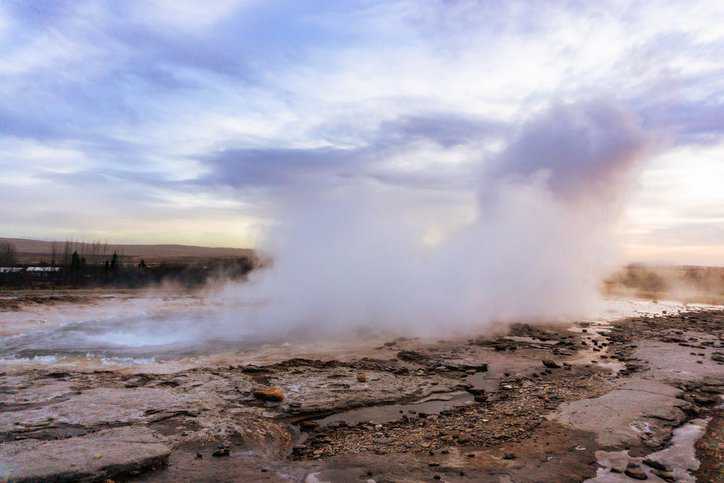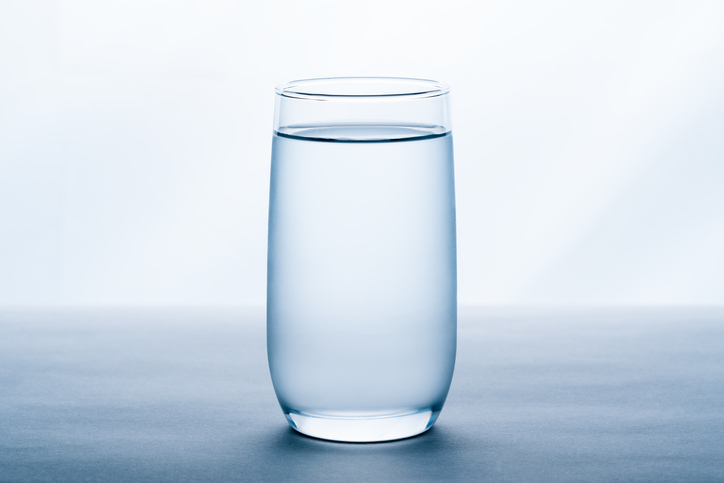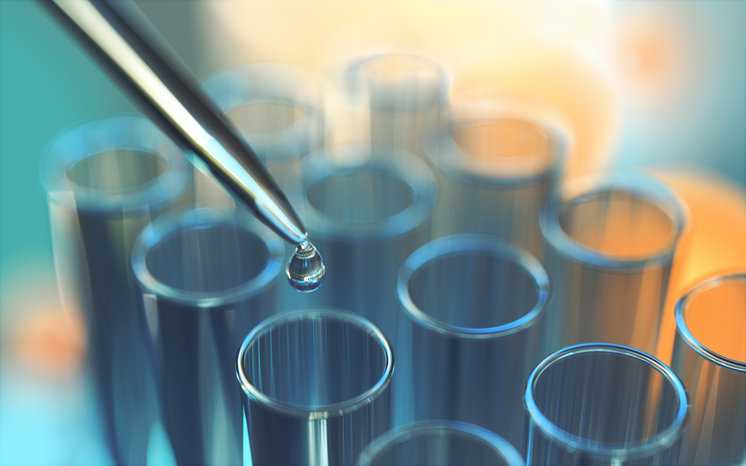NSF/ANSI/CAN 600-2024: Chemicals in Drinking Water
The Center for Disease Control and Prevention (CDC) estimates that 1.1 million people in the United States get sick every year from germs in drinking…

The Center for Disease Control and Prevention (CDC) estimates that 1.1 million people in the United States get sick every year from germs in drinking…

Water isn’t literally everywhere, but it is overwhelmingly abundant, taking up 332,500,000 cubic miles of the earth’s surface. H2O also comprises 60% of our bodies’…

Of the many objectives at federal, state, and local levels, guaranteeing access to safe, clean water is an utmost necessity. However, many are faced with…

With much attention given to humans’ climate-warming carbon dioxide (CO2) emissions, you might be surprised to learn that CO2 is not the most prevalent greenhouse gas affecting the…

Residential waste water treatment systems reintroduce wastewater into the environment—enabling wastewater to become part of the water cycle and accessible for further use. It is…

Pools are as inextricably linked with summer as the beach, barbecues, vacation, and the hot sun. NSF/ANSI/CAN 50-2024, both an American National Standard and a…

Picture a glass of water. Odds are it shares a striking similarity with the one above. We like our water a certain way, especially the…

Bioburden testing is a critical component for medical device manufacturing to ensure the safety of the product and the user. Why Is Bioburden Testing Important?…

In the United States, water wells are regulated by state law rather than federal law. This means that each state has its own set of…